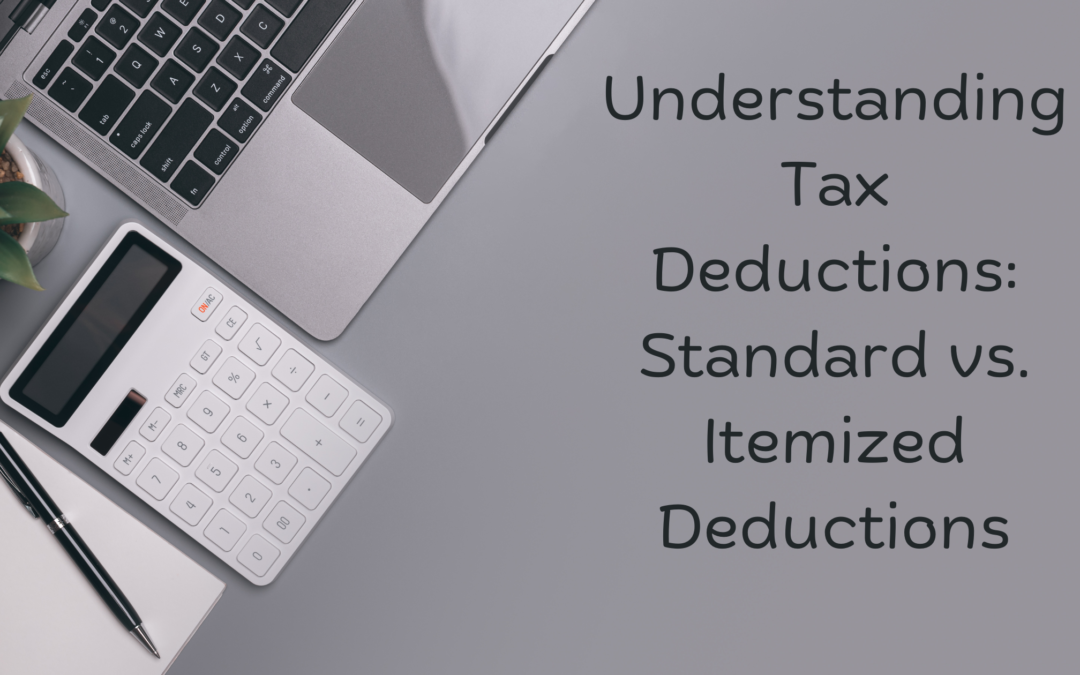When it comes to reducing your taxable income, choosing between the standard deduction and itemized deductions can have a significant impact on how much tax you owe. Let’s break down what each option means and how to decide which is right for you.
What is a Tax Deduction?
A tax deduction reduces the portion of your income that is subject to tax, ultimately lowering the amount of tax you may owe.
Standard Deduction
The standard deduction is a set dollar amount that taxpayers can subtract from their income, no questions asked.
Key points to know:
- The amount varies based on your filing status (single, married filing jointly, etc.).
- It increases if you are 65 or older or legally blind.
- The IRS adjusts the standard deduction annually for inflation.
- You cannot take the standard deduction if you choose to itemize deductions.
Why Choose the Standard Deduction?
Most taxpayers benefit from the standard deduction because:
- It’s simple—no need to track specific expenses.
- It often results in a lower tax bill for individuals with straightforward financial situations.
Itemized Deductions
Itemized deductions involve listing eligible expenses on Schedule A (Form 1040) to determine if they exceed the standard deduction. Common itemized deductions include:
- Medical and dental expenses (if they exceed 7.5% of your adjusted gross income).
- State and local taxes (up to a $10,000 limit).
- Mortgage interest and certain investment interest.
- Charitable contributions.
- Casualty and theft losses (if they meet IRS criteria).
Who Must Itemize?
Some individuals are required to itemize, such as:
- Married taxpayers filing separately if their spouse itemizes.
- Nonresident aliens or dual-status aliens (with some exceptions).
- Individuals filing a return for less than 12 months due to a change in their accounting period.
- Estates, trusts, and partnerships.
Why Itemize Deductions?
You should itemize if:
- Your total allowable expenses exceed the standard deduction.
- You’ve had significant medical expenses, large charitable contributions, or high state and local taxes.
Which Option is Better?
In most cases, it’s best to choose the option—standard or itemized—that results in the lowest tax bill.
Need Help?
The IRS offers an Interactive Tax Assistant (ITA), a tool that provides personalized answers to tax questions based on your unique circumstances. It can help you determine:
- Whether you need to file a return.
- Which filing status to use.
- Whether you can claim dependents, deductions, or credits.
For more information, refer to Topic No. 501, Should I Itemize? and the instructions for Schedule A (Form 1040). Making the right choice between standard and itemized deductions can maximize your tax savings and ensure you’re not leaving money on the table.
